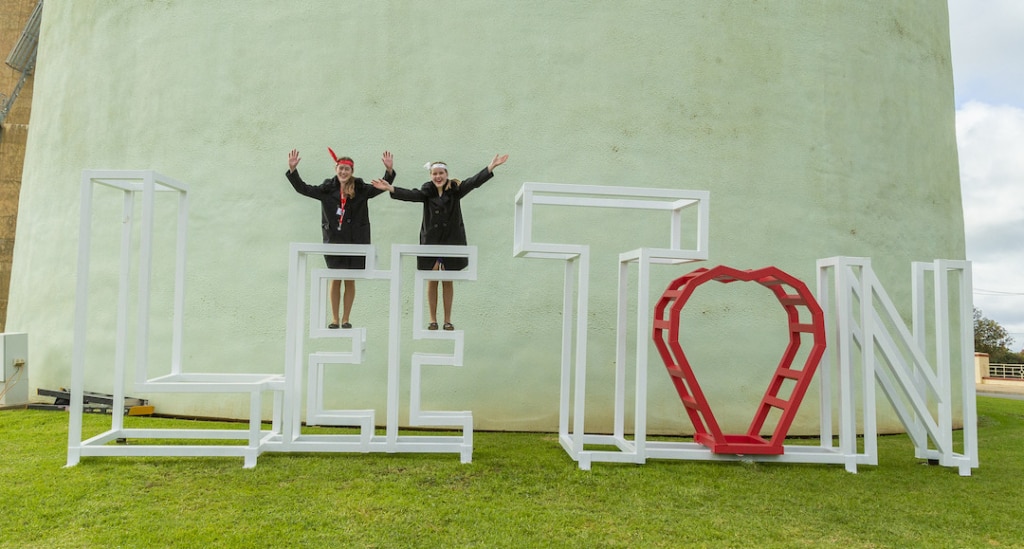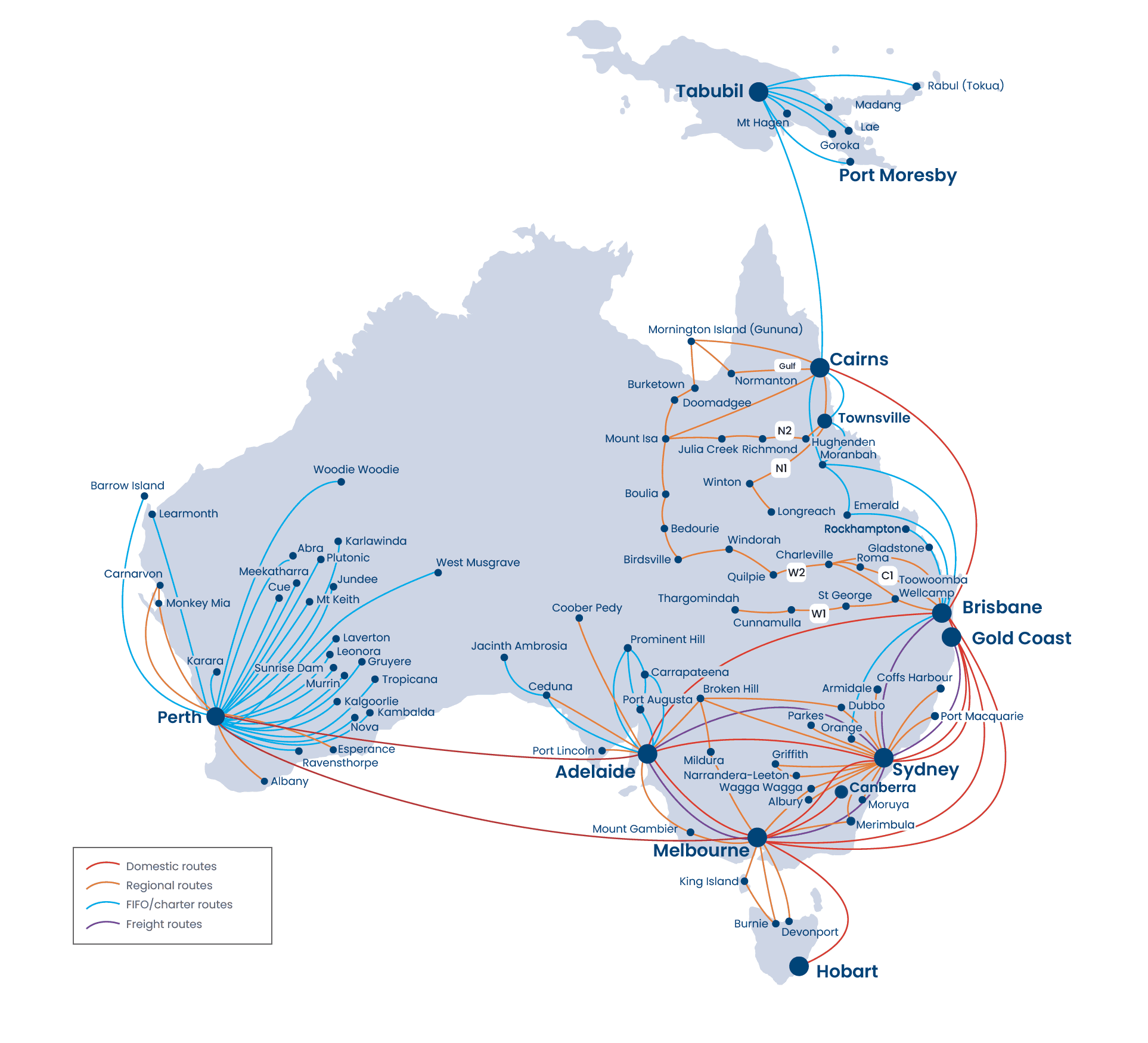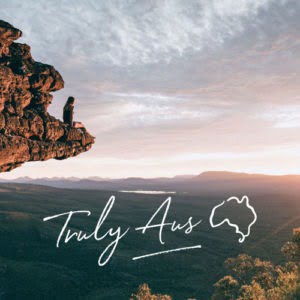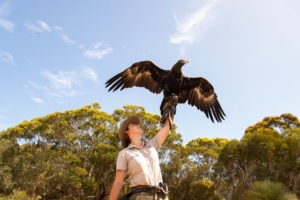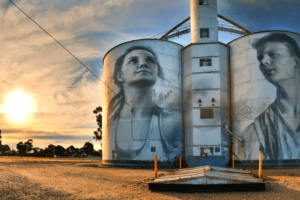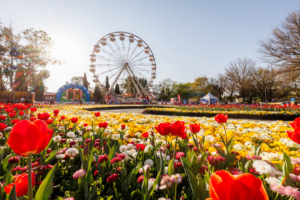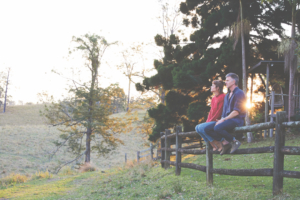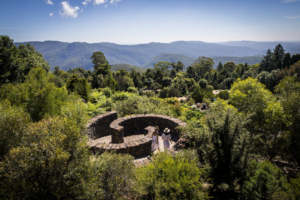Tucked in western New South Wales is the quaint town of Leeton–– the bright lively gem of Australia’s farming country.
Surrounded by rolling hills of rice and grassy plains, Leeton may seem like just another quiet rural community. However, the deeper you explore into its history, the more you learn of booming agriculture, innovative cuisine, and a rich cultural heritage.
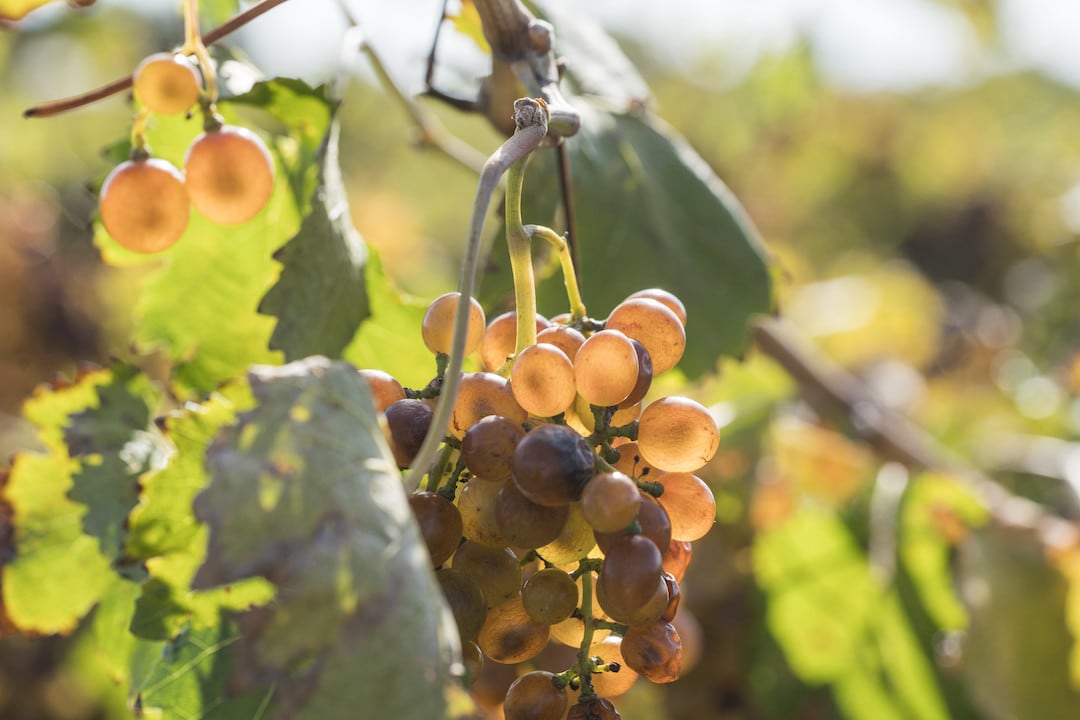
A Food Frontier
Since its earliest days, Leeton has been a town focused on food.
Located in the heart of Australia’s food bowl and the most productive farming region, Leeton has a reputation for agricultural excellence. The construction of the Burrinjuck Dam spurred the beginnings of the growing community in 1907, as people reaped the benefits of extremely fertile land. The little town then became the birthplace of the Murrumbidgee Irrigation Scheme, as eager farmers settled in to take advantage of the new canals and irrigation systems implemented by the New South Wales government. Leeton was eventually named after Charles Alfred Lee, the public minister responsible for the initial construction of the dam.
Today, Leeton is the rice capital of Australia, with giants like SunRice making it a bustling agricultural hub. Known for diverse produce and bountiful harvest, you can find an array of crops, from citrus orchards to corn fields. Discover the freshest food in the Outback at the Leeton Farmers Market, or take a tour of the many boutique wineries dotting the countryside.
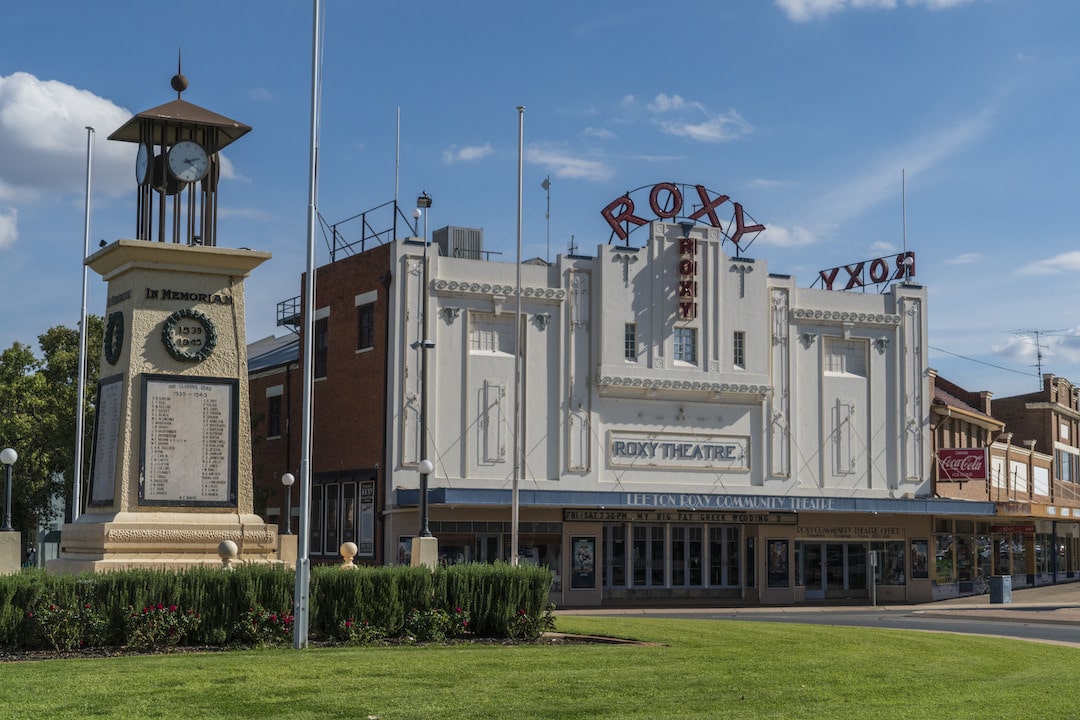
Diverse Heritage
Despite being a semi-remote town over 550 km from Sydney, Leeton is home to many different cultures, all of which contribute to the uniqueness and character of the community.
Leeton is in the country of the Wiradjuri Nation, who have inhabited the area for over 60,000 years. The Wiradjuri people are the largest Aboriginal group in New South Wales, and are known as the “people of three rivers” referring to the Macquarie river (Wambool), Lachlan River (Kalari) and the Murrumbidgee River (Murrumbidjeri) that border their lands. Their culture is still very much alive in Leeton today, due to stories passed down through generations and the nearby Koodan Aboriginal Place. The ancient red sand hills are a sacred ancestral burial ground, and were reserved as a historic site in 1988. A place of great emotion and cultural significance, you can find Koodan’s story told by local Aboriginal people through artwork at different points around the site.
Leeton is also a Little Italy, as mass amounts of experienced Italian farmers immigrated to the rural community following World War II. Now, a significant portion of the population is of Italian heritage, and you can find numerous authentic Italian restaurants around every corner.
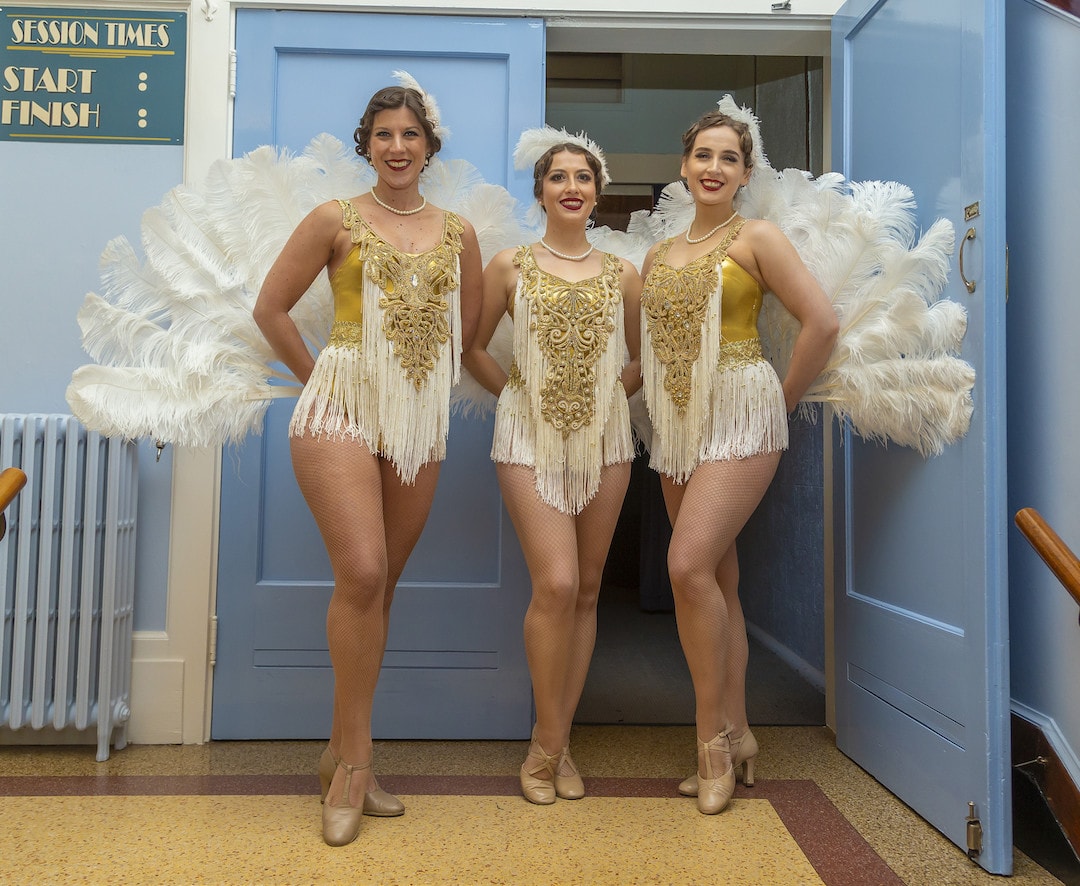
Must-See History
Whether it’s public attractions or private activities, commemorating history via vibrant events have become a town tradition, as locals light up the streets to celebrate art, culture, and success in agriculture.
Since the early 19th century when Leeton was designed by famous architect Sir Walter Burley Griffin (who is also responsible for the national capital of Canberra), there has been a wealth of notable architecture marking the picturesque town. Many businesses were created in the 1920s and 30s, resulting in the town becoming a key contributor to the Art Deco Movement. Today, thirty five buildings are listed on the Australian Institute of Architects’ Register of Significant 20th Century Buildings including the landmark Roxy Theatre, the unspoken heart of the town. Launched in 2020, the Australian Art Deco Festival aims to celebrate the beauty of Leeton’s iconic streets, complete with pop-up speakeasy’s, women in flapper dresses, and other exhibitions reminiscent of the golden age.
In addition to art, Leeton puts on the massive SunRice festival every two years, to recognise the important role the rice industry plays in the community. The festival attracts over 10,000 people, as tourists flock to partake in the unique cultural celebration. Be a part of the community at the popular Balloon Glow or discover local cuisine at Leeton’s Longest Lunch.
Don’t miss other fun festivals or local learning experiences like the Leeton Show or the Outback Band Spectacular.
If you enjoyed this article about the history and culture of Leeton, click here to check out our article about the best attractions to visit in the Narranda/Leeton area.
Use this route map to explore the best flights to Leeton from wherever you are.

